The Third Space
Risøy (NO) - Winner

TEAM DATA
Associates: Charlotte van der Woude (NL) – landscape architect, Lynn Ewalts (NL) – architect, Johan van Ling (NL) – urbanist, Thijs de Boer (NL) – urban planner
Contributor: Rick Buurman (NL) – 3D-Visualist
Third Space / VOID
Componistenlaan 124, 2807HE Gouda, The Netherlands
voidspaces.eu
See the complete listing of portraits here
See the site here
TEAM PORTRAIT
VIDEO (by the team)
INTERVIEW
Click on the images to enlarge
1. How did you form the team for the competition?
Within defining the team for the competition, we looked carefully at the questions raised in the assignment. Risøy faces many challenges in the coming future that ask for a multidisciplinary approach. As well on a strategic level and also in local issues, the assignment asks for specific expertise. In our team, we include all spatial disciplines; Johan is an urbanist, Thijs is an urban planner and almost graduated as an urbanist, Charlotte is a landscape architect and Lynn is an architect. In order to visualize our ideas, our team also includes Rick, an expert on making lifelike 3D renders. Next to the close collaboration between our own disciplines, we also believe in enriching our team with the knowledge of local experts and users. Only then, we are able to make inclusive plans for the future of Risøy.
2. How do you define the main issue of your project, and how did you answer on this session main topic, Living cities?
The most interesting about Risøy is the contrast that exists on the island. Contrasts; not only in its public space and program but also through its users and architecture. Precisely this rich coexistence gives the island its unique character. The different areas of the harbor, the cruise pier and the residential district are currently lying with their backs against each other. The infrastructure in between these spaces, that was once conceived to connect functions, has in many places changed into a barrier, both spatially and socially.
Third Space transforms Risøy’s in-between zone from a border and non-place, to an inclusive space where a productive mix of harbor, residential and tourism activities is created. Here, the contrast between these differences is encouraged, without losing its own identity. To make living cities we have to blur borders. For us, this represents the Third space: an in between borderless space where new identities can be formed, reformed and develop over time. Celebrating this contrast, without losing it, is the central theme in our proposal. We believe that design has the power to make meaningful places that belong to everyone and in to which everyone can collaborate.
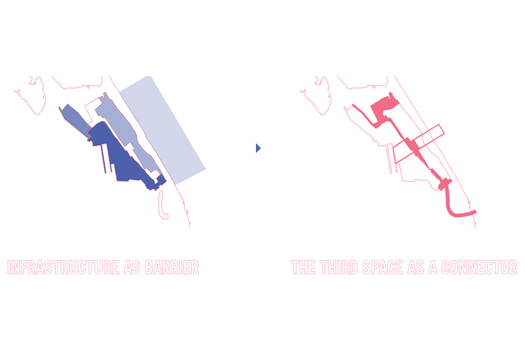
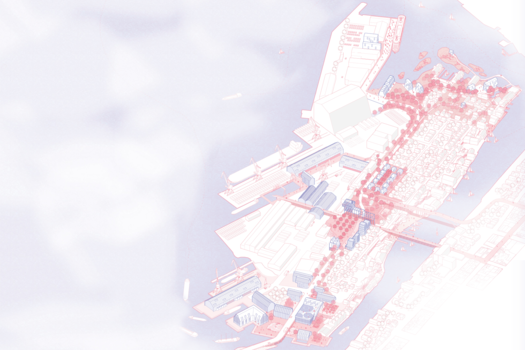
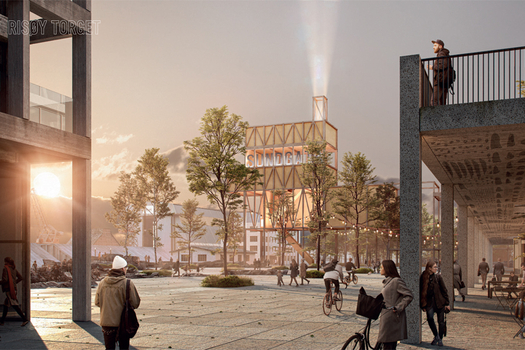
The tasks that Risøy faces in the coming future are large. The stakeholders have not succeeded in solving these problems on their own. We have chosen to bring together various spatial time layers (the landscape, the grid of the island and the extension of the harbor) and link this to various user flows. On top of that, we also make a strategy in which everyone is enabled to contribute to this place. For us, metabolic design is stacking all opportunities together and not just solving individual problems.
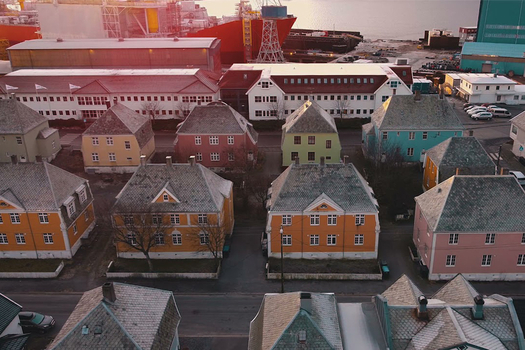
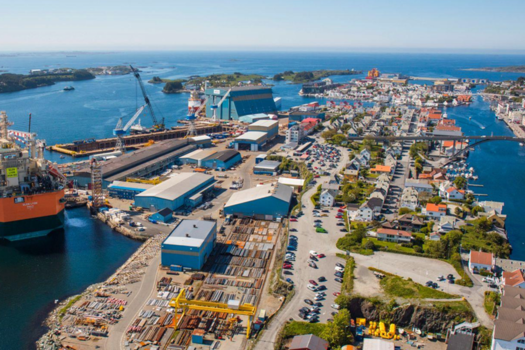
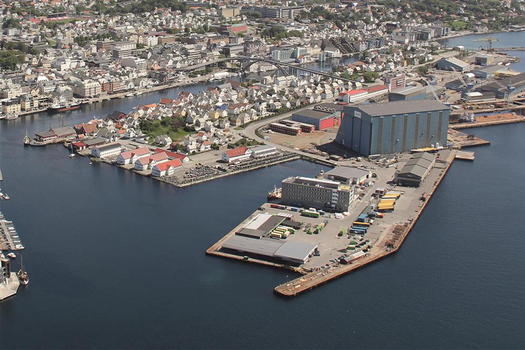
Third space is a theme that has interested us for some time. As a team we were inspired by places we visited, our own experiences in projects and theoretical examples. For example, the Japanese art of Kintsugi in which broken ceramics are healed with gold lacquer, was a big inspiration. In this theory, the fault line of the recovery forms the beauty of the object. In addition, some members of our team worked on a design strategy in Merwe-Vierhavens (Rotterdam, Netherlands), where initiators were empowered to create a third space themselves and work on it together with others. Hopefully the fault line of Risøy can also become the beauty of the island in which initiators can collaborate together.
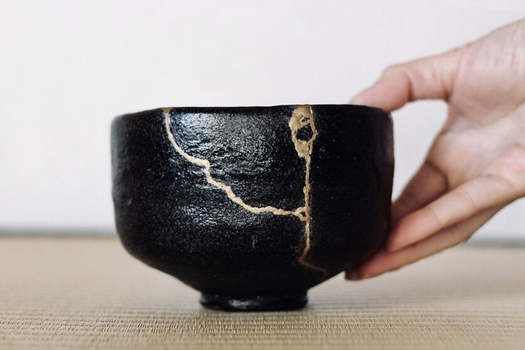
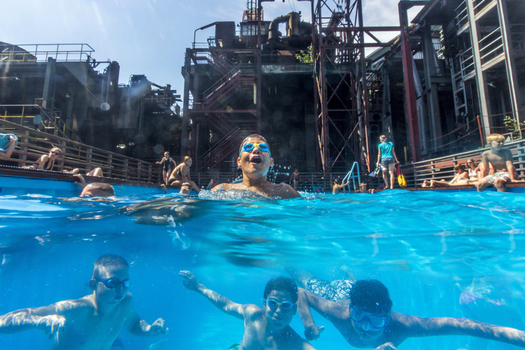
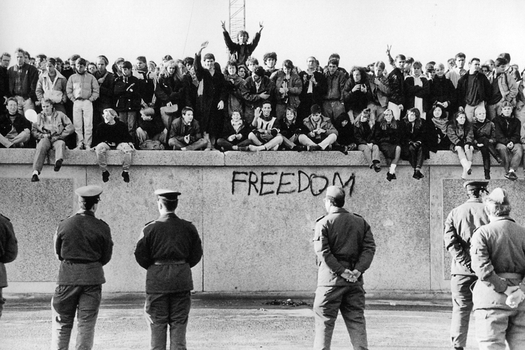
Feasibility and an open design-process is the basis of our proposal. Therefore we have made not only a design, but also thought carefully about how this can be implemented in current processes and the complexity of the location. We have focused on three ‘key projects’ in which not only the result at the end but also the intermediate steps and the process give meaning to different places on the island. We already contacted and talked with residents of Risøy during the competition phase. Third space should be a project for everyone, by everyone.
6. Is it the first time you have been awarded a prize at Europan? How could this help you in your professional career?
Johan and Thijs have just started an office for urbanism: VOID (voidspaces.eu). The Europan16-win came as a great and welcome surprise to us. We think not only a follow-up project, but also the chance to work together with people in Norway helps us to develop as a young office. We hope to learn from their views so that we can use it for projects in the future. Lynn and Charlotte are currently working together at ZUS [Zones Urbaines Sensibles], an office that is also focused on a multidisciplinary approach. We see the Europan16 not only as a perfect way to work together with an exciting team, but also to be more independent and pro-active within the office. Next to this, the assignment is a great chance for us to combine architecture and landscape.
TEAM IDENTITY
Office: VOID
Function: architecture, landscape, urbanism
Average age of the associates: 29 years old
Has your team, together or separately, already conceived or implemented some projects and/or won any competition? if yes, which ones?
VOID (Johan van Ling & Thijs de Boer)
· Honorable mentions BNSP Geleen
Johan van Ling
· Winner ''de Meester'' for the best Graduation project of Rotterdam 2020, Rotterdamse Academie van Bouwkunst
· Nomination Archiprix NL 2021
· Second place Kuiper Compagnons graduation awards 2020
Thijs de Boer
· Winner Iktinos Best Project 2019-2020, Rotterdamse Academie van Bouwkunst
· Winner Competition for temporality along the river Waal, Nijmegen
· Nomination for best graduation Project 2016, Saxion Hogescholen Deventer
· Winner best graduation project 2016, department governance space and law Saxion Hogescholen Deventer
· Nomination for best environment graduation project 2016, VVM Network of Environmentproffesionals Netherlands
Charlotte van der Woude
· Winner Archiprix NL 2020
· Honorable mention Schreuderstudieprijs 2021
· Winner Competition Brood en Spelen 2018 with project Melk&Noot, in collaboration with MTD landscape architects and de Melkbrouwerij
· Nomination HKU award 2013
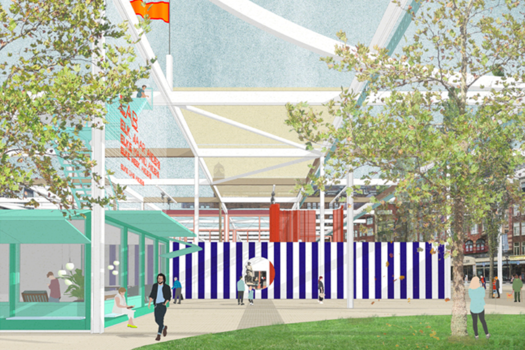
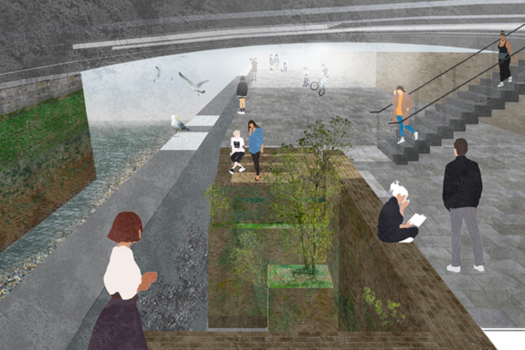
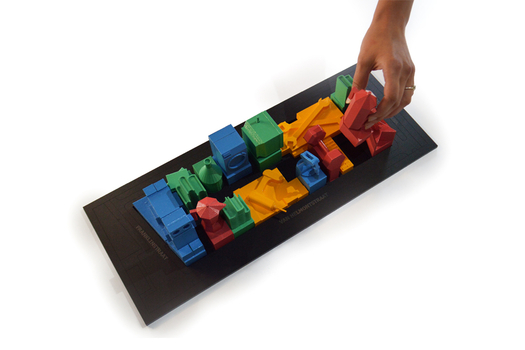
VOID has an office space in Rotterdam at Schouwburgplein 34 and shares a space with another architecture office. Charlotte and Lynn both work together at ZUS, a landscape/architecture office. Both offices are on 10 minutes walking distance from each other within the city of Rotterdam.











